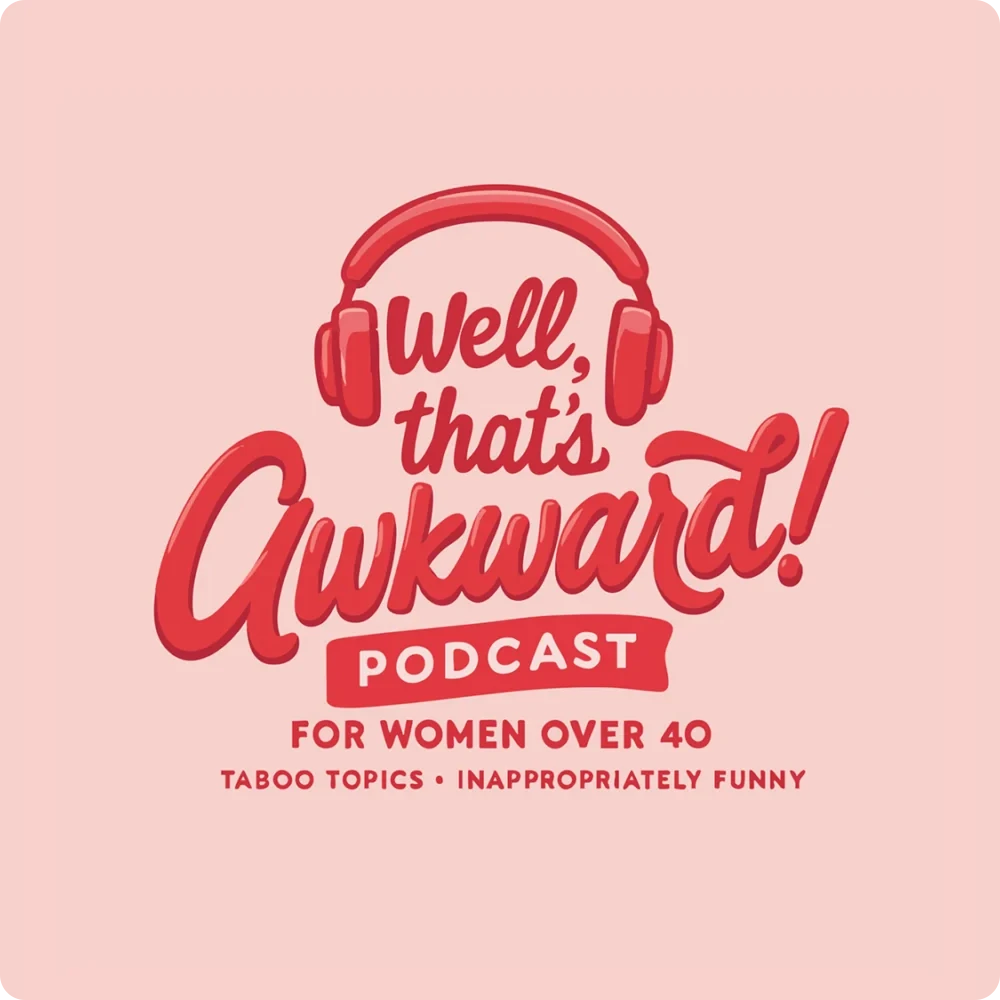A Great Sugar Detox Plan for Beginners
Sugar is highly addictive and bad for our health if consumed in large amounts. If you feel you are taking too much sugar, it is high time you consider going on a sugar detox. However, this detox is easier said than done. If you don’t have a robust plan in place, you might succumb to the sugar detox symptoms and find yourself back to where you started. You could either quit cold turkey or formulate an incremental plan to quit sugar over a longer period. This article will discuss a practical sugar detox plan for beginners.
Incorporate stress management techniques
Stress causes important nutrients such as B-vitamins and magnesium to get depleted from your body. When you are stressed, you are also more likely to crave sugary foods to bring about feelings of comfort. It would be best to learn ways to manage your stress, such as opening up to someone, practicing yoga, or meditation.
Consume more complex carbohydrates
Not all carbohydrates are bad for you. We recommend cutting back on refined carbs such as pasta and bread, which can cause your sugar cravings to spike. It would be best to consume complex carbohydrates such as sweet potatoes and squash and combine them with vegetables in your diet.
Eat more healthy fats
Healthy fats can help reduce your cravings for sugar. They also keep you full for longer periods throughout the day. Sources of healthy fats include nuts, seeds, avocado, and unsweetened coconut products.
Take natural health supplements
The Westernized diet causes most of our bodies to become low in nutrients and neurotransmitters. Natural health supplements such as glutamine can help the body regulate its blood sugar and fight hypoglycemia. We recommend taking glutamine supplements in the afternoon when you are most likely to experience sugar cravings. In addition to changing your diet and lifestyle, it may be beneficial to consider using detox kits as part of your sugar detox plan. Detox kits are products designed to cleanse your body of toxins, including excess sugar. They often include natural supplements and teas that support the detoxification process.
Get enough sleep
Inadequate sleep causes the body to crave calorie-dense foods and high in sugar. The body’s insulin sensitivity also drops significantly after a night of poor sleep, causing your blood sugar to become unstable. Experts recommend sleeping for at least eight hours every night.
Steer clear of carbonated drinks
For every eight ounces of regular soda, there are 48 grams of sugar. Experts don’t also recommend replacing soda with diet soda. A better alternative would be to quit your soda habit and drink sparkling water, plain water, or unsweetened herbal tea.
Eat proteins for breakfast
The foods you choose to eat for breakfast will determine your eating habits for the rest of the day. Eating plenty of carbs and sugar for breakfast will make your cravings skyrocket during the day, causing you to break your sugar detox. Research has revealed that a high-protein diet at breakfast makes you feel satiated longer throughout the day, reducing the number of calories and sugary foods you consume.
Wrapping up
The moment you feel confident in your sugar detox plan, you need to start making behavioral changes that prevent you from turning to sugary foods. As your body releases toxins during the sugar detox, you are bound to experience withdrawal symptoms such as headaches. Your cravings might also intensify. Fortunately, your body will soon get used to the sugar-free lifestyle, and the withdrawal symptoms will soon pass.














